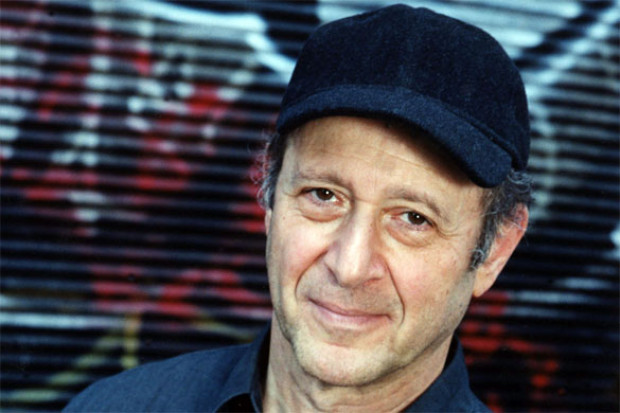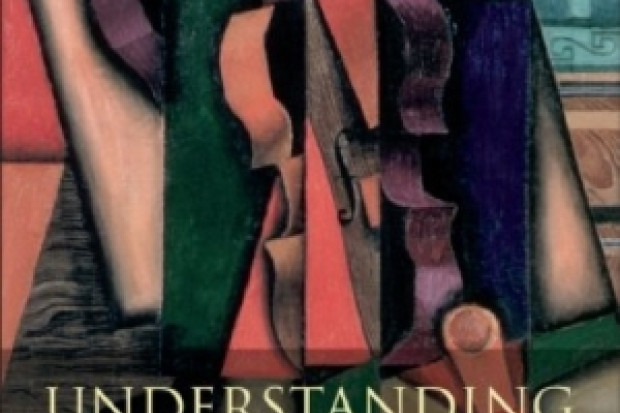Live Reviews: Composers' Choice – Elaine Agnew
NCH, 15th April 2003
Katherine Hunka (vn), Juliet Welchman (vc), Judith Mok (sop.), Sophia Rahman (pf)
Stravinsky – Suite Italienne
Judith Weir – King Harald’s Saga
Szymanowski – La Fontaine d’Arethuse Agnew – Snow-Hole
Britten – 3 Pieces from Suite Opus 6
Agnew – Mushrooming
Lutoslawski – Grave
Agnew – Prologue and Epilogue
Elaine Agnew’s programme for Composers’ Choice was a patchwork of short works for various combinations of violin, cello, soprano and piano.
The concert opened with Igor Stravinsky’s Suite Italienne in its 1932 incarnation for cello and piano. It seemed a rather curious example of Stravinsky’s work given its highly derivative nature, and while Agnew referred to an admiration of Stravinsky’s rhythm and structures she gave no clue as to her reasons for choosing this particular work.
I am more familiar with this piece in its later version for violin and piano and felt that the work lost some of its edge here, particularly in the opening Introduzione’ and in the Tarantella. The final Minuet and Finale, however, were a revelation. Juliet Welchman and Sophia Rahman captured perfectly the Minuet’s tortured textures and managed to maintain an edginess throughout the triumphant Finale.
I am generally an admirer of Judith Weir’s (b. 1954) simple and delicately folk-influenced style but have yet to be convinced by King Harald’s Saga. The dramatic idea of a grand opera in three acts with all roles played by one singer appeals to me and the vocal gymnastics were powerfully performed by Judith Mok. The aimless and over-melismatic posturing of the vocal line soon grows tiring, however, and the work continues to disappoint – too many notes and not enough music.
Katherine Hunka and Sophia Rahman’s performance of Karol Szymanowski’s La Fontaine d’Arethuse, the first of three Mity, or Mythes for violin and piano proved the high point of the first half. In contrast to the previous work, this piece had a solid harmonic direction which, together with inventive use of timbre and register, prevents its many notes from descending into frills.
Elaine Agnew’s first offering was her latest work, Snow-Hole, for soprano and cello, commissioned by the National Concert Hall for this series. Agnew spoke before the concert of the importance of text in her work and this work continues an association with Belfast-based poet Michael Longley. The poem is short and exquisitely formed and the work was sensitively performed by Mok and Welchman. Sadly, the music was less than inventive, consisting of little more than glorified and rather obvious word-painting. There was little or no use of melisma and one felt that Agnew’s awe of the words had got in the way of the music.
Benjamin Britten’s 3 Pieces from Suite Opus 6 for violin and piano opened the second half and proved a striking contrast to the rest of the programme. There is a distinctly macho air about them and they are full of drive and energy. Their gestural clarity and exuberance is let down only by a lack of harmonic direction. Another fine performance by Hunka and Rahman here – possibly the best of the evening.
Agnew’s second offering, Mushrooming, was more convincing then her first. This was, regrettably, the only time we heard the full ensemble, despite it being the fulcrum around which the remainder of the concert was programmed. The larger ensemble was used to great effect, evoking the earthy richness of soil interspersed with still, hanging vaporous textures, all acting as a foil to a clear soprano line. Here, Agnew’s reverence for the text was less of a hindrance than in Snow-Hole, though the word painting still descended into blandness on occasion. The use of speech in the middle of the work needed a stronger platform but that aside voice and instruments were well balanced.
Now a staple of the cello repertoire, Lutoslawski’s Grave is a work full of substance, beautifully balanced and proportioned. Its strength lies in its restraint and economy of language, all growing from the opening four-note motif.
Agnew’s final offering was Prologue and Epilogue for violin and piano, a work commissioned by Hunka and Rahman for their Wigmore Hall debut. It was refreshing at last to hear Agnew working without a text and I felt that this was certainly her strongest piece of the programme. Here her sure sense of the musical material and its development was always clear. Particularly striking was a driving rhythmic passage with shifting tempi at the centre of the work, reminiscent of Gerald Barry.
I would have enjoyed some more variation in programming with regard to the ensemble – some trios and more quartets would have diminished the pressure on the established duo of Hunka and Rahman. While one felt that a little more rehearsal time would have been appreciated by this custom-made ensemble, we were treated to wonderful performances throughout the evening.
Published on 1 May 2003
Rachel Holstead is an Irish composer.












